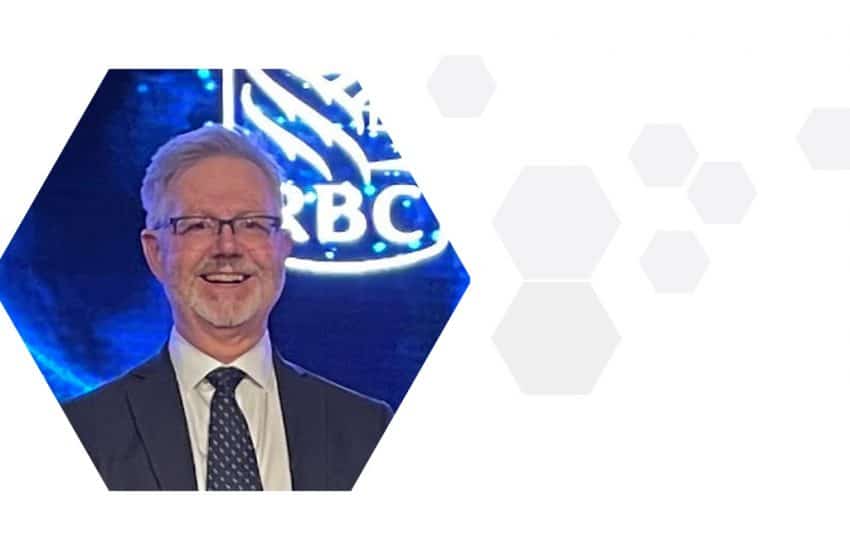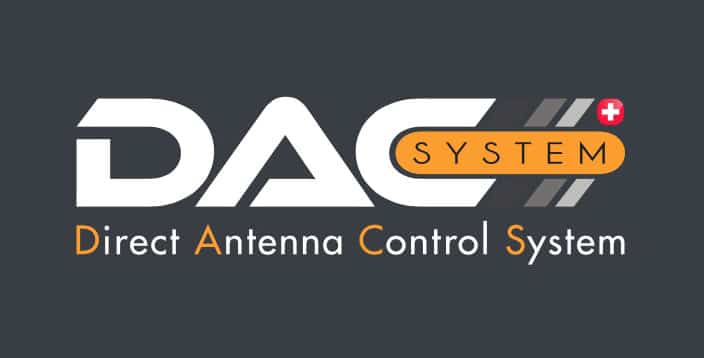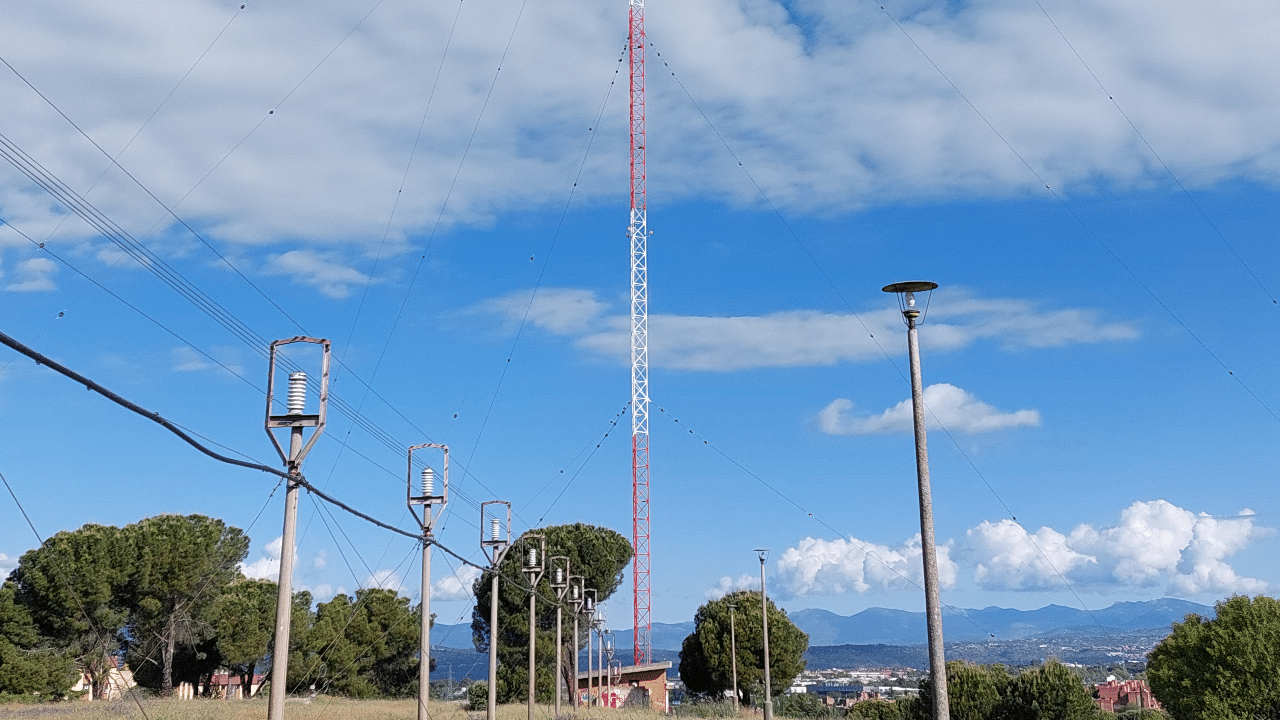
Nautel launched with a handful of pioneers adapting new technology to tackle broadcasters’ major transmission challenges. It’s now one of the biggest names in the business, but as John Whyte, Nautel’s head of marketing, explains, that pioneering spirit still prevails.
RedTech: Where do you see opportunities to secure the future of radio?
John Whyte: A major theme at Nautel is “Worry-Free Transmission.” That means our employees and products are oriented to take the worry off the backs of broadcasters where we can. We strive to deliver products that work reliably for years and back them with a proven support team that knows what broadcasters are going through in those crunch moments at a transmitter site. We’re working hard to use innovation to take the complexity out of transmission. An example would be our current work to minimize the number of fixed-purpose boxes in the air chain and move more functionality to flexible and resilient software implementations.
RedTech: What inspires your company to innovate?
Whyte: It’s just part of our DNA. Five decades ago, our company was a garage-type startup. Our founders applied high-power transistors — quite novel at the time — to transmission in the world’s most demanding locations and climates. That was the start of our innovation culture that continues through each successive generation of engineering talent at Nautel. Further inspiration comes from the passion and energy of our customers in approaching the challenges of their roles. We’ve seen the difference control and user interface technology makes for broadcast engineers in understanding what is going on with their transmitters, diagnosing problems and fixing them fast, and in doing so, maybe enjoying more time with family and friends. It’s rewarding for our employees to see their efforts making a difference.
I think stations that are adept at spotting best practices by their industry peers, who embrace new technologies, and who carefully monitor audience behavior will stay on a winning path.
RedTech: How do your products make radio increasingly resilient, relevant and competitive?
Whyte: Early in my career, I was inspired by Joel Birnbaum, a Hewlett-Packard researcher who talked a lot about using technology’s power to hide its complexity. To that end, Nautel puts a lot of intelligence into its products. Intelligence layers in our transmitters help engineers and our support staff understand any issues occurring, and why. I mentioned our investments in control systems, remote monitoring and user interfaces to help simplify the ownership of transmitters. We anticipate that software implementations of the air chain will be a game-changer for our industry as functions like audio processing or digital coding are implemented on resilient servers or even in the cloud. We’re also passionate supporters of digital transmission, whether it’s DAB+, DRM or HD Radio.
RedTech: What one piece of advice would you give those running radio stations today?
Whyte: An observation is that the monolithic audience/listening model of decades past has changed forever as audiences become more fragmented and listening is spread beyond over-the-air to streaming, connected cars and smart speakers. I’m excited by radio’s ability to adapt to these changes. I think stations that are adept at spotting best practices by their industry peers, who embrace new technologies, and who carefully monitor audience behavior will stay on a winning path.
RedTech: How do you imagine radio by the end of the next decade?
Whyte: It’s challenging to predict the trends of the next decade. However, there is one enduring characteristic of radio that we can all rally around: The connection and service it provides to our listeners and communities. Maybe there will be many changes ahead in how “radio” content is transported, but I feel strongly that radio’s fundamental format and value will continue for years to come.
This Q&A was published in the 2023 edition of The Innovators. Read the entire issue here.





















